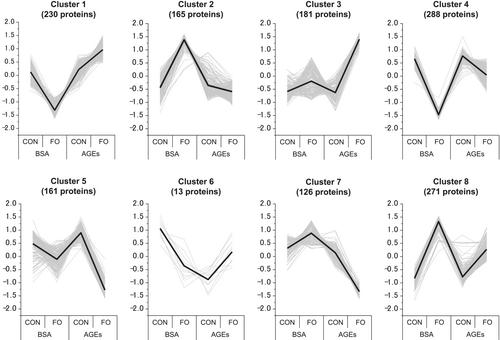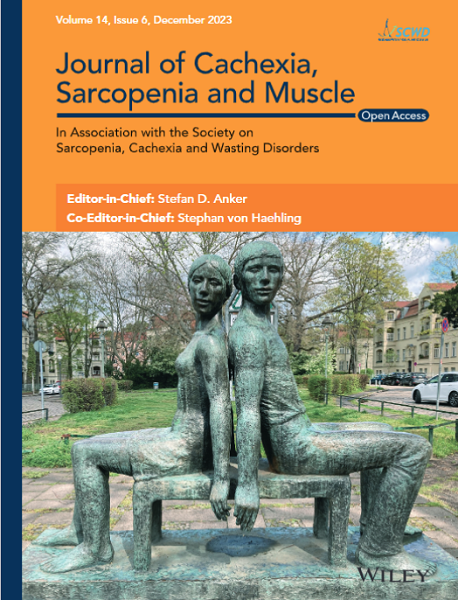Glycative stress, characterized by the formation and accumulation of advanced glycation end products (AGEs) associated with protein glycation reactions, has been implicated in inducing a decline of muscle function. Although the inverse correlation between glycative stress and muscle mass and strength has been demonstrated, the underlying molecular mechanisms are not fully understood. This study aimed to elucidate how glycative stress affects the skeletal muscle, particularly the adaptive muscle response to hypertrophic stimuli and its molecular mechanism.
Male C57BL/6NCr mice were randomly divided into the following two groups: the bovine serum albumin (BSA)-treated and AGE-treated groups. Mice in the AGE-treated group were intraperitoneally administered AGEs (0.5 mg/g) once daily, whereas those in the BSA-treated group received an equal amount of BSA (0.5 mg/g) as the vehicle control. After 7 days of continuous administration, the right leg plantaris muscle of mice in each group underwent functional overload treatment by synergist ablation for 7 days to induce muscle hypertrophy. In in vitro studies, cultured C2C12 myocytes were treated with AGEs (1 mg/mL) to examine cell adhesion and cell membrane permeability.
Continuous AGE administration increased the levels of fluorescent AGEs, Nε-(carboxymethyl) lysine, and methylglyoxal-derived hydroimidazolone-1 in both plasma and skeletal muscle. Plantaris muscle weight, muscle fibre cross-sectional area, protein synthesis rate, and the number of myonuclei increased with functional overload in both groups; however, the increase was significantly reduced by AGE treatment. Some muscles of AGE-treated mice were destroyed by functional overload. Proteomic analysis was performed to explore the mechanisms of muscle hypertrophy suppression and myofibre destruction by AGEs. When principal component analysis was performed on 4659 data obtained by proteomic analysis, AGE treatment was observed to affect protein expression only in functionally overloaded muscles. Enrichment analysis of the 436 proteins extracted using the K-means method further identified a group of proteins involved in cell adhesion. Consistent with this finding, dystrophin–glycoprotein complex proteins and cell adhesion-related proteins were confirmed to increase with functional overload; however, this was attenuated by AGE treatment. Additionally, the treatment of C2C12 muscle cells with AGEs inhibited their ability to adhere and increased cell membrane permeability.
This study indicates that glycative stress may be a novel pathogenic factor in skeletal muscle dysfunctions by causing loss of membrane integrity and preventing muscle mass gain.



